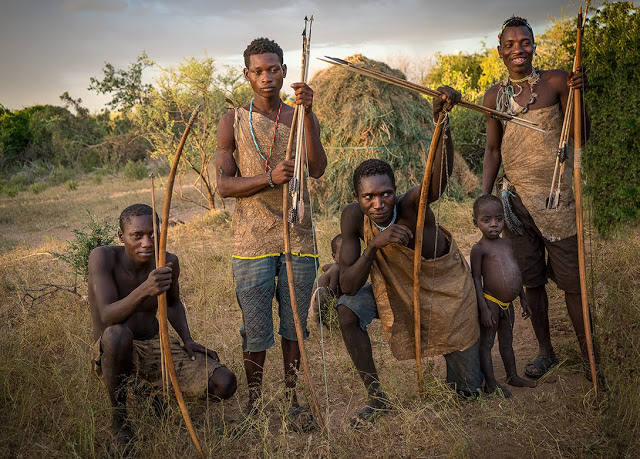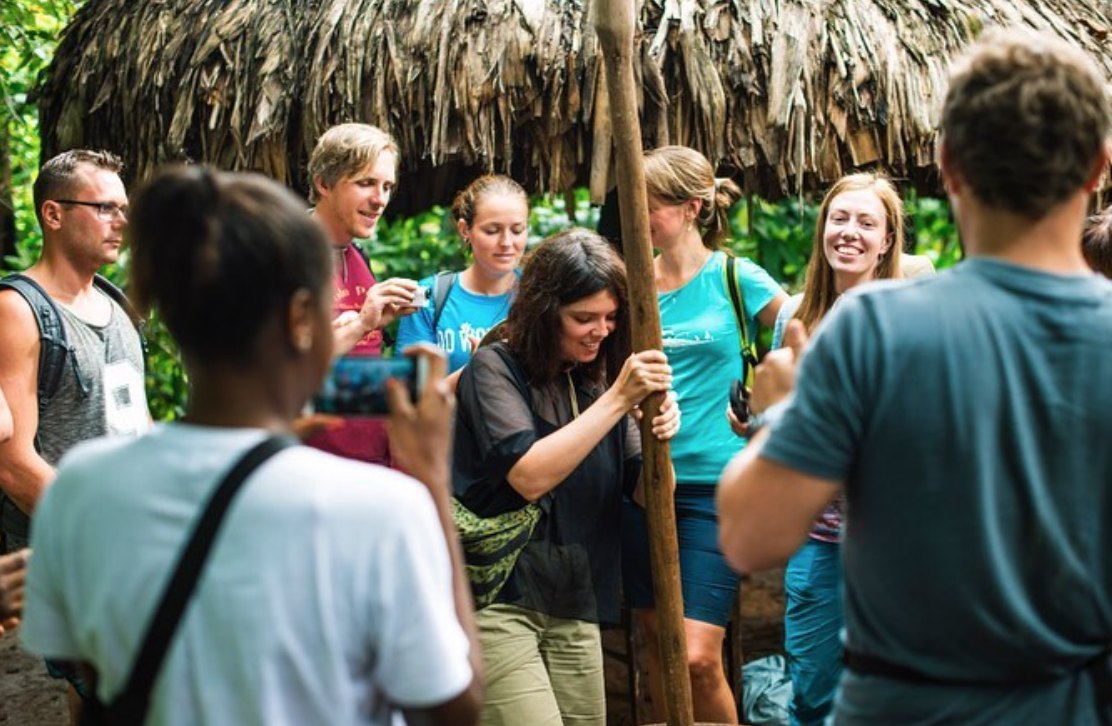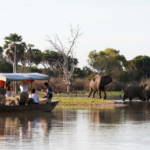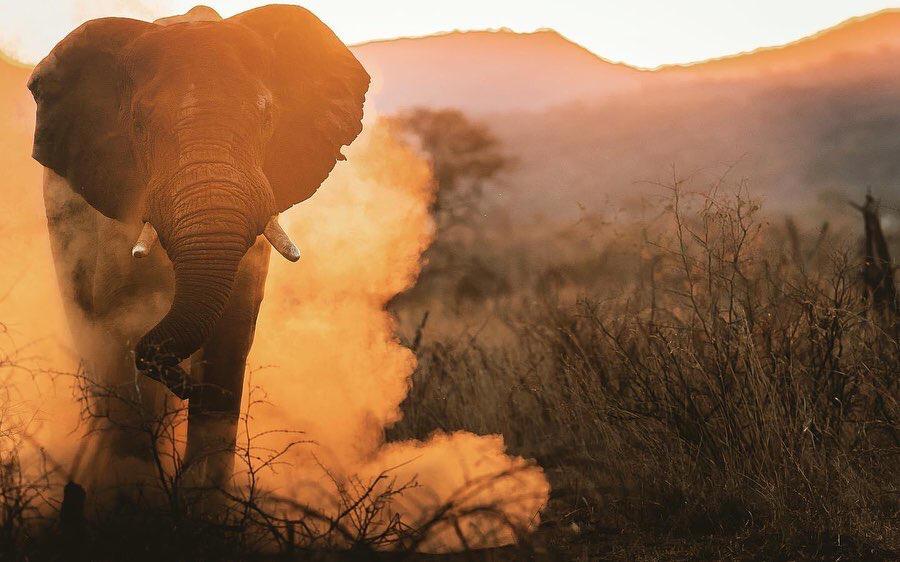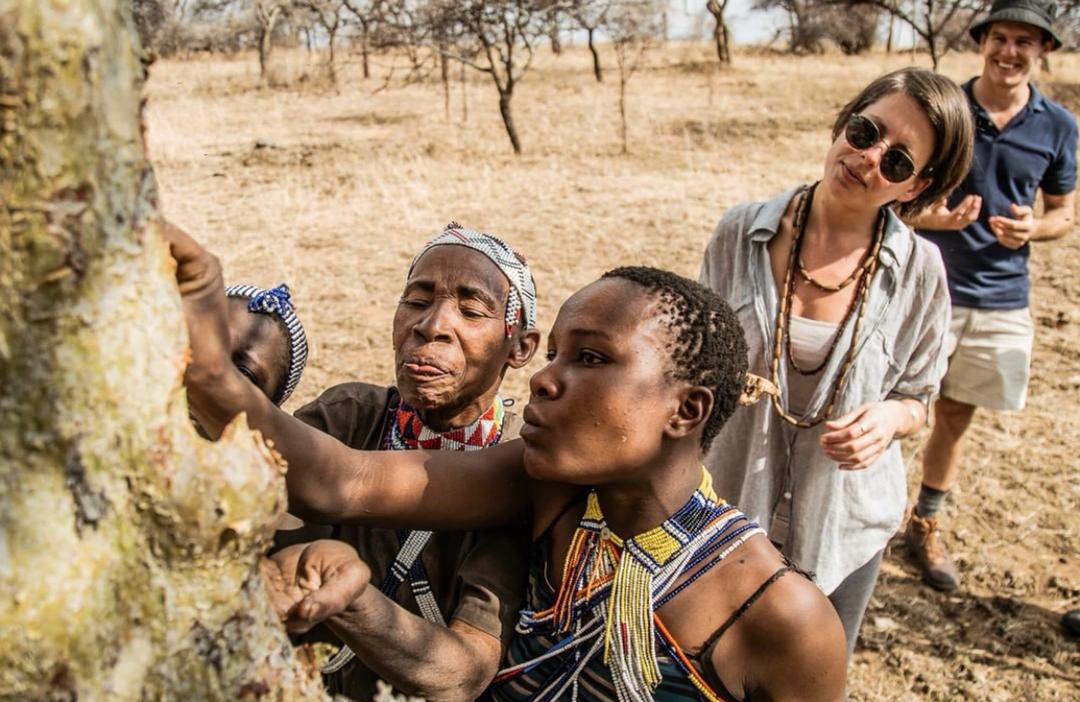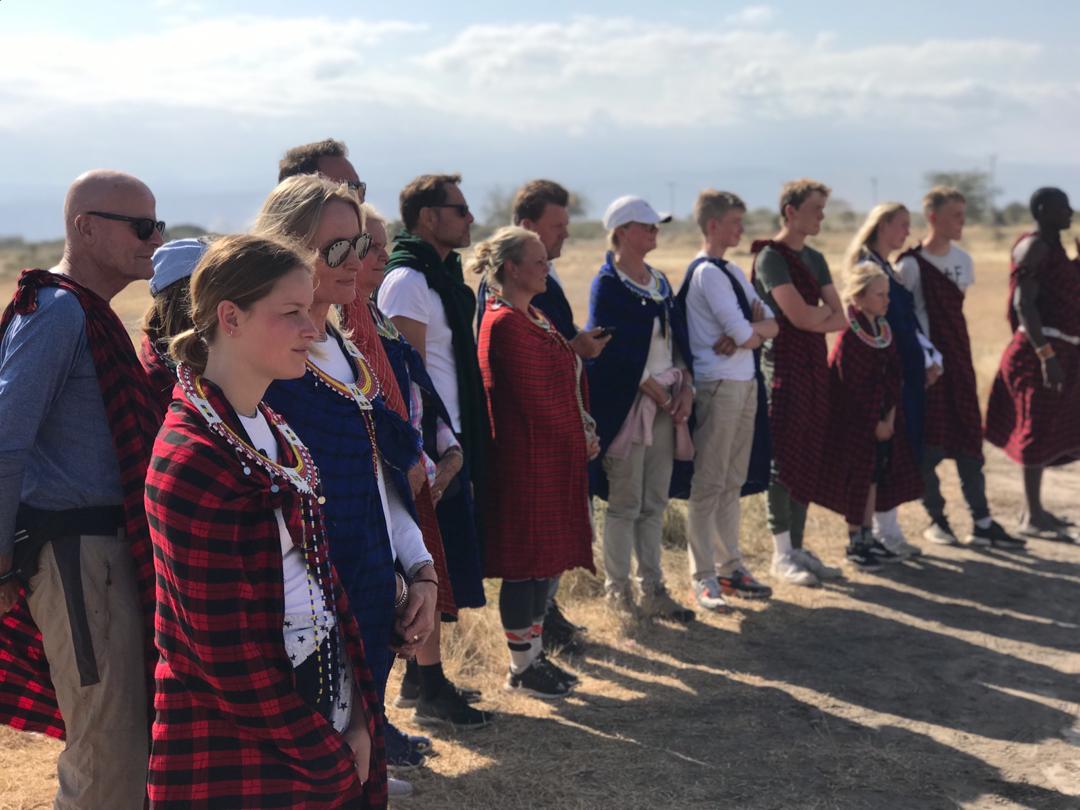
Know your tribe and get to know Tanzanian culture
eing home to more than 100 different tribes, Tanzania is a country full of rich, spectacular and indeed very different cultures. As each tribe has its own language, traditions and culture there is a great diversity to experience and many extraordinary events to witness. In this post, we have listed a few of the many different tribes, that can be experienced in Tanzania and what characterizes them.
"If you want to go fast, go alone. If you want to go far, go together."
Famous saying among the Maasai
THE MAASAI TRIBE
Although they are not the biggest tribe in Tanzania, the Maasai tribe are wellknown throughout the world for their colorful attire, their beautiful beaded jewelry and their amazing traditional dances. The Maasai lives in north of Tanzania and south of Kenya and you might encounter this tribe on your safari expeditions in Serengeti and Ngorongoro. The tribe are mainly cattle herders and their traditional diet therefore mainly consist of cattle – milk, meat and blood. The Maasai live in something called kraals which are enclosed villages to protect their livestock from predators at night. The Maasai, historically a nomadic people, have traditionally relied on readily available materials and indigenous technology to construct their unusual and interesting housing. The traditional Maasai house was designed for people on the move and thus their houses were very impermanent in nature. The houses are made of clay and manure and are maid by the women in the tribe. As the Masaai tribe are nomads, the preservation of national parks and reserves, with the exclusion of the culturally rich Maasai tribe, have now made the traditional Maasai way of life increasingly difficult to maintain. Many Maasai people have stirred away from the nomadic life to positions in business commerce. Yet despite the modernized urban lifestyle they lead, many Maasai still happily wear their traditionally colorful shuka (blanket), cowhide sandals and with a wooden orinka (stick) in their hand.
A visit to a Maasai village is a great way to experience their beautiful culture – you will experience and participate in their traditional dances, enter their handmade houses, share a cup of tea with the chief of the tribe or maybe even witness the traditional slaughter of a goat!
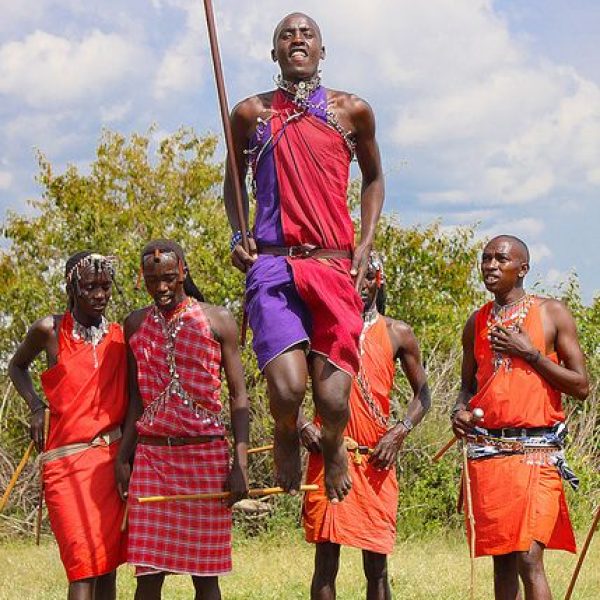
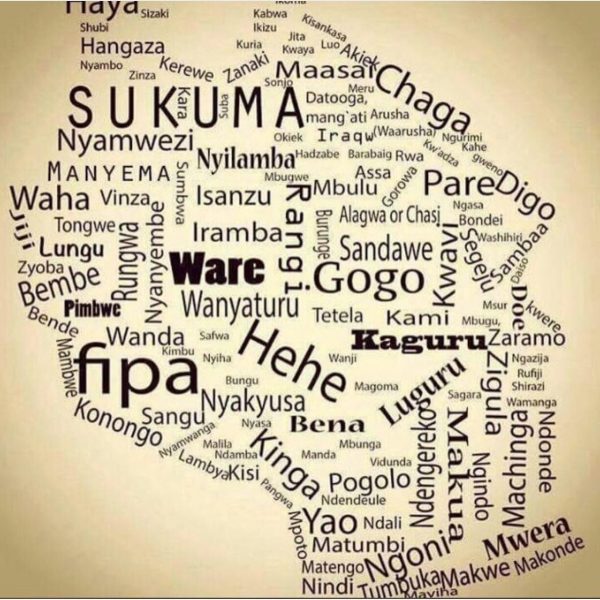
THE SUKUMA TRIBE
With its estimated population of 5.5 million people, the Sukuma tribe is the largest tribe in Tanzania. They reside mainly in the northern part of the country in the Mwanza region around Lake Victoria in an area called Usukuma. The landscape of Usukuma is most notable for its kopje or rocky outcrops. Throughout the countryside and around Lake Victoria, these enormous rock formations are precariously balanced on top of each other. The land is very fertile in the north and near the lake, but dry to the south toward the city of Shinyanga. The tribe are mainly rural-living and are both known for keeping live-stock as well as growing crops (rice, cassava, potatoes and corn). In the Sukuma tribe (as well as in the Maasai tribe) polygyny prevails and are common practice. The Sukuma are renowned nationwide for their pulsating dancing. Dancers are divided into two competing dance societies, the Bagika and the Bagulu, that compete throughout Sukumaland. The culmination is the annual Bulabo Dance Festival. The most famous of the dozens of dances are those using animals, including the Bagulu’s banungule (hyena and porcupine dance) and the Bagika’s bazwilili bayeye (snake dance). Before beginning, the dancers are treated with traditional medicines to protect themselves from injury. The animals, too, are given a spot of something to calm their tempers.
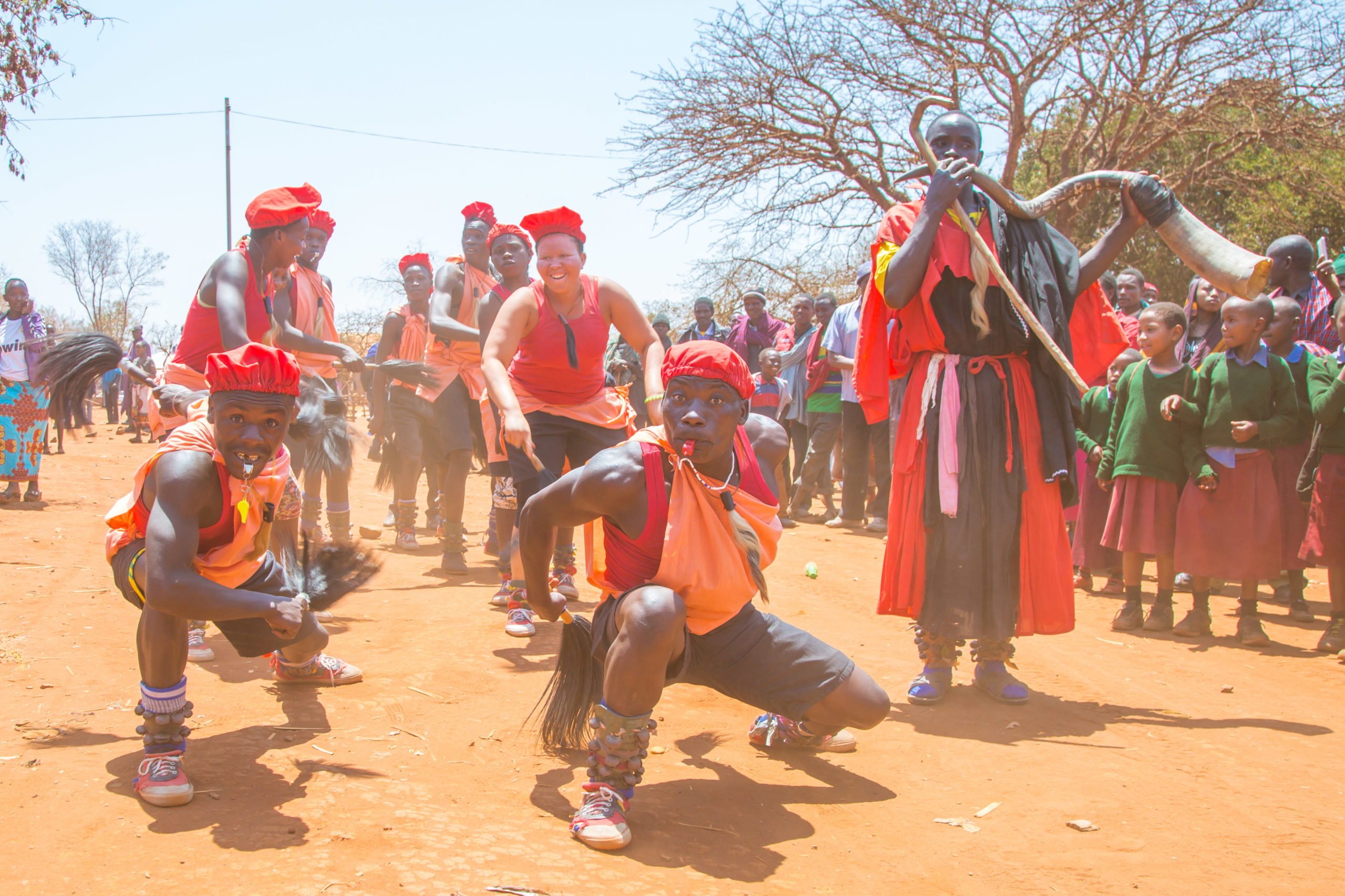
THE CHAGGA TRIBE
At the southern and eastern slopes of Mount Kilimanjaro you will find the Chagga tribe, the third largest tribe in Tanzania. The tribe is mainly farmers and known for their banana and coffee farms. As banana farmers, bananas are also a important part of their traditional diet – a traditional Chagga dish is machalari (banana stew). They are also known to brew their own banana beers, which are quite tasty. Traditionally, Chagga clothing was made of cowhide but with contact with the outside world, the Chagga started to wear imported bead ornaments and cloth wraparound garments. These colorful pieces of cloth are called kangas and kitenges . They may be worn over a dress, or may be used to carry babies on the back or hip. When visiting the Chagga tribe, you can also visit the quite extraordinary Chagga caves at the foot of Kilimanjaro. These caves are man-made and dug by hand about 200 years ago by the Chagga to protect themselves from attacks by the Maasai, who during dry times would attack the Chagga in search of water and food. The caves more resemble tunnels and it is quite amazing to experience them and learn the story about how the tribe would live below ground for years!

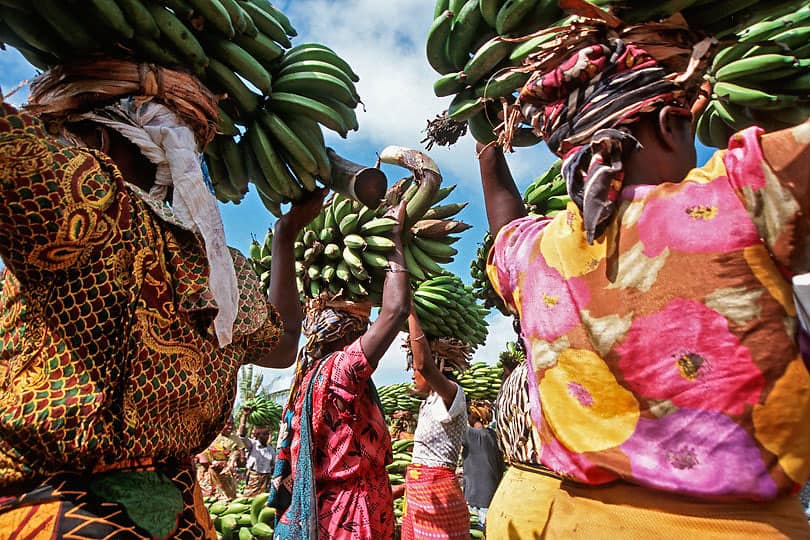
THE HADZABE TRIBE
Even though they are one of the much smaller tribes in Tanzania, the Hadzabe tribe is still one of the well known. The tribe resides in the area around Lake Eyasi, a salt lake in the northern part of Tanzania not far from the Ngorongoro Crater, and they traditionally live in dwellings or caves. On the contrary to the other mentioned tribes here, the Hadzabe tribe are neither farmers nor keep livestock, but instead they are hunters and gathers – one of the worlds last remaining of its kind. The Hadzabe are known for their amazing hunting skills using arrow and bow to kill their preys. As of today, the tribe consists of only 2000 people and it is one of the only tribes in Tanzania, that continues their traditional culture without modernizing it. An interesting facet of Hadzabe culture is their language. Believed to have some kind of relation to the Bushmen of the Kalahari Desert, the Hadzabe language is a distinctive tongue of clicks that is similar to that of the famous Bushmen.
If visiting Lake Eyasi, you have a chance to visit the amazing tribe and learn their hunting skills by joining them on a bow and arrow hunt!
